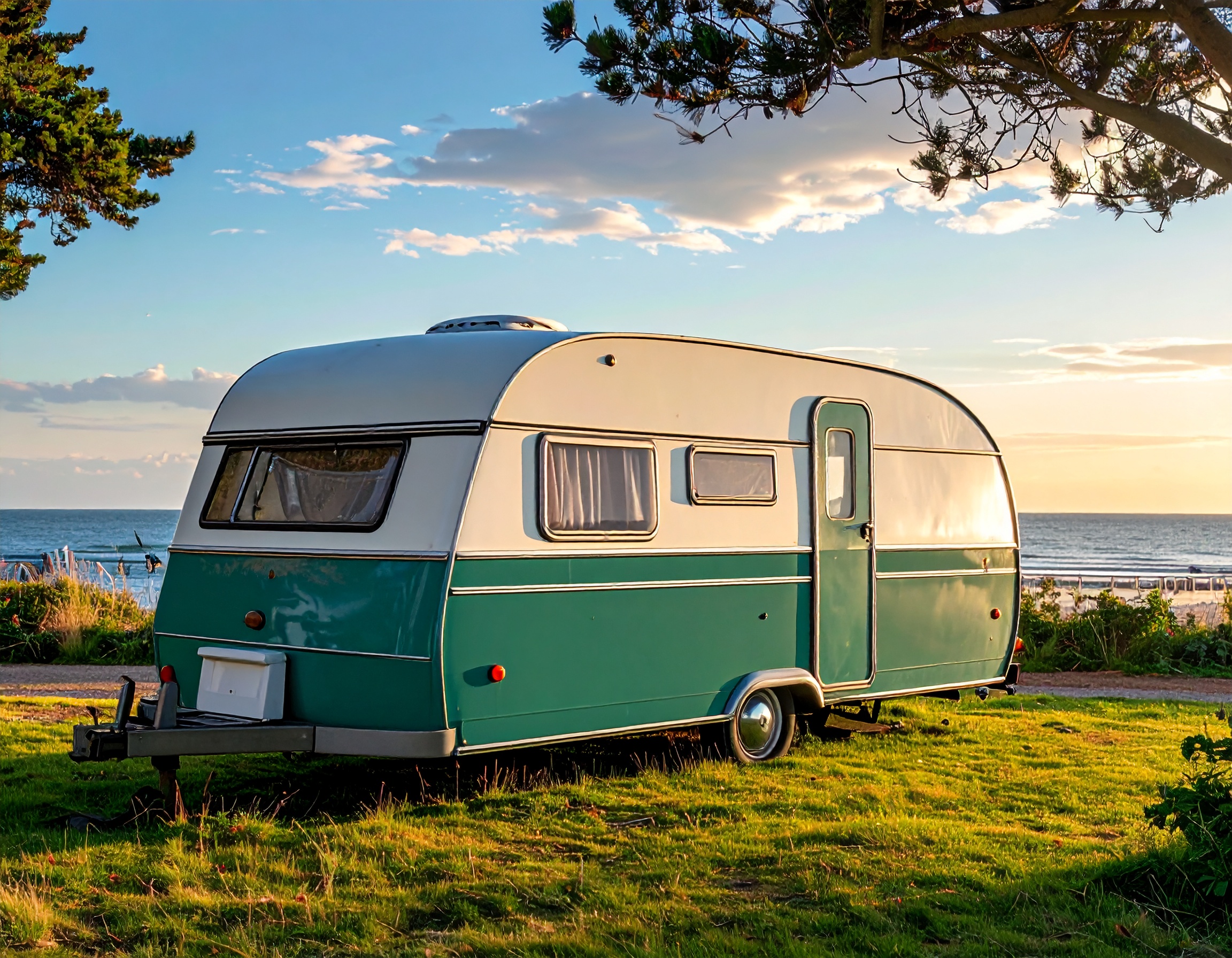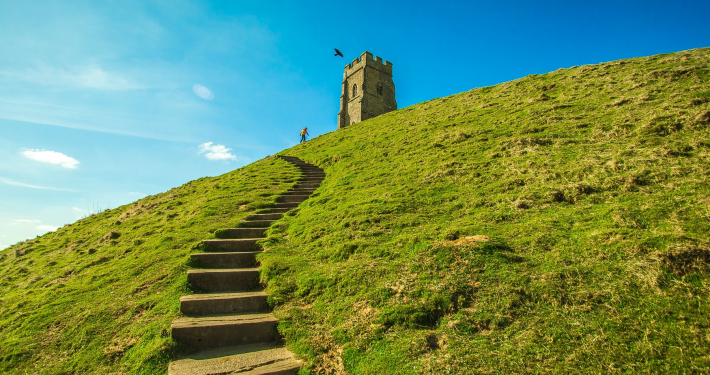Caravans in 1950s Britain: A Nostalgic Journey
The 1950s marked a transformative decade for holiday travel in the United Kingdom, with burgeoning popularity in caravan ownership and usage. After the hardships of World War II, the British populace began to seek leisure and escapism. Caravans quickly became a favoured option, offering families a sense of adventure combined with the comforts of home. This era saw a remarkable increase in the appeal of caravans as holiday homes. Among the iconic models of that time was the beloved Bluebird Teenager caravan, whose classic design became emblematic of the British holiday experience.
The Bluebird Teenager caravan, launched in the late 1950s, was instantly recognisable with its streamlined shape and distinctive pastel colours. It offered essential amenities such as a kitchen area, a dining space, and sleeping quarters, all compacted into its lightweight frame. This caravan was not just a means of travel; it was a mobile slice of luxury that promised a memorable holiday, with the open road calling and the countryside beckoning. Its aesthetic and functional appeal resonated with the increasing number of families looking to escape to distant beaches or picturesque countryside.
Caravan culture in the 1950s complemented the growing fascination with outdoor leisure activities, which were encouraged by a newfound appreciation for the British landscape. As more people embraced caravan holidays, campsites sprang up across the nation, providing a network for fellow caravan enthusiasts. Families flocked to these sites, nostalgic for simpler times, establishing lasting traditions of road trips and camping under the stars.
Fast forward to the present, and the 1950s caravans, particularly the Bluebird Teenager, are experiencing a revival among vintage enthusiasts. Restoring these vintage caravans has become a cherished hobby for many, including Royston Cooper. A resident of Surrey, Royston’s passion for caravans stems from his childhood. He recalls fondly the camping trips of yesteryear, where he would travel in a similar model. His restoration project—bringing a 1959 Bluebird Teenager caravan back to its original glory—reflects not only his admiration for the craftsmanship of the time but also a dedication to preserving a piece of cultural history.
Royston says, “When I found this old Bluebird Teenager, it felt like fate. It took me back to my childhood, camping under the stars with my family. There’s something magical about these caravans—they tell a story of adventure and freedom.” His meticulous restoration process involved sourcing original parts and carefully maintaining the authentic look, allowing the caravan to stand as a testament to its beautiful design and engineering.
The once-neglected caravan is now a stunning piece of British heritage, serving as a reminder of a bygone era where simplicity and adventure intertwined seamlessly. Royston’s efforts reflect a larger trend in the UK, where vintage caravans are not only cherished but celebrated for their contribution to Britain’s holiday culture. As more enthusiasts restore and appreciate these classic caravans, the essence of 1950s travel lives on, proving that the joy of caravanning is indeed timeless.
In conclusion, the boom in caravan ownership during the 1950s, spurred by iconic models like the Bluebird Teenager, laid the groundwork for an enduring tradition. Through restoration projects like Royston Cooper’s, we can appreciate the past while continuing to celebrate the freedom of the open road.




